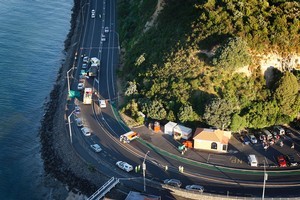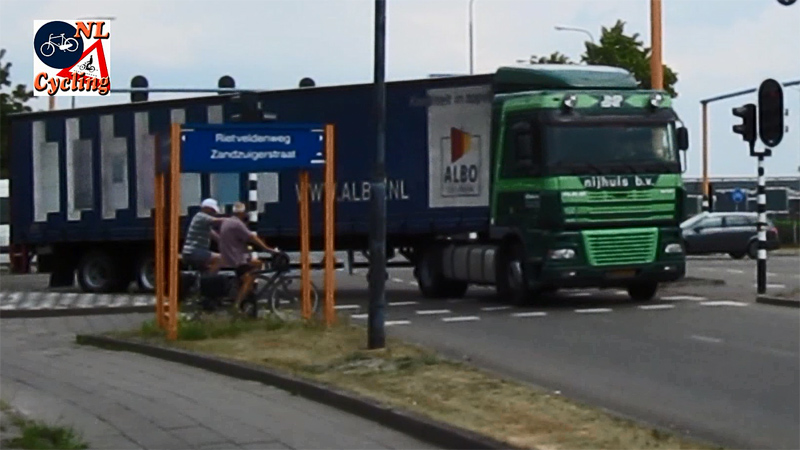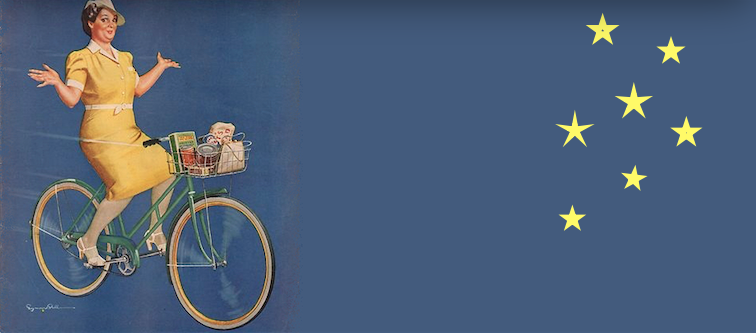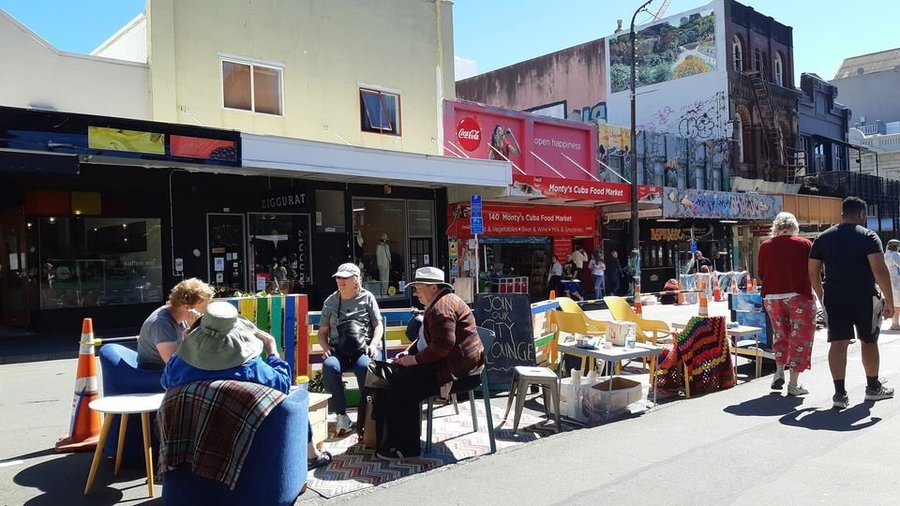
The coroner has made some interesting findings around the Jane Bishop’s tragic death on Tamaki Drive, as can be seen in the NZ Herald here, here and here.
Overall, I would say the message from the coroner is positive for cycling. The coroner made three basic points:
1. The coroner questioned the effectiveness of hi-viz vests.
There has also been a lot of debate in the UK about hi-viz vests. The Transport Research Laboratory looked at studies going back to 1969 on hi-viz vests on motorbikes – there are very few studies on bicycles so this was the best source of information. The TRL stated:
The results are interesting in that they show the previously held assertion that a bright reflective jacket will improve rider conspicuity may not always be true …
[T]he message seems to be that the most conspicuous outfit will be dictated by the lighting conditions and local environment at the time, which may be extremely variable within the confines of even a fairly short ride.
2. Road layout was major factor – though he also appears to have laid some of the blame on the victim (because she chose to pass a line of stopped cars on the left), just as an AT commissioned report did in 2012 – sad but not surprising in today’s political and transport environment. The coroner stated:
The road layout did contribute to the cause of the crash by creating a pinch-point and problems with line-of-sight in heavy traffic.

AT did move quickly to remove car parks from this area and that is commendable. However, it would be even better if Jane had not needed to ride in the path of multi tonne vehicles at all. On major arterials like this, cyclists need to be separated from traffic by physical barriers.
3. The coroner stated that it would be undesirable to require cyclists to use cycle paths where available and stay off the road.
There are certainly arguments that this is a good thing. As we all know, not all cyclists have the same requirements and it would be a bad idea to mix sports cyclists, who want to travel at fast speeds, and a mother cycling with her children, who want to be able to cycle slowly and safely. Rules like this have been enacted in some states of the US and are universally disliked by cyclists there – especially the vehicular school of cycling.
However, it is interesting to note that in the Netherlands cyclists do not always have the option. Where a separated cycle path is supplied, the cyclist is required to use that path. This makes sense if the cyclist is being supplied with a well designed, wide cycle path that deals with intersections in a safe way. If the option given is inferior to the road riding experience then it is understandable why cyclists would prefer to have the choice. This is clearly the case now on Tamaki Drive – it’s all about priorities and making the space available. Maybe (and you may want to sit down for this) we should take some space away from cars *gasps from the audience*. It hasnt been the end of the world in New York, Los Angeles or San Francisco.
Overall, I think it is great that the coroner is coming out with these statements which are mainly positive and do not just automatically condemn cycling as unsafe. As can be seen from recent tragic deaths in London, areas of conflict between cyclists and heavy goods vehicles (HGVs) are particularly hazardous.
As always, the Dutch dealt with this issue long ago. The Dutch government stated:
Crashes with trucks and vans are mostly caused by the driving style of the drivers.
This is not intended to vilify drivers of HGVs but these vehicles are inherently unsafe for interactions with pedestrians and cyclists because of blind spots.

The way the Dutch have addressed this is summed up in this excellent article on the Bicycle Dutch website but the whole approach is captured by the following paragraph:
Creating an environment in which making mistakes does not lead to people’s deaths is what the Dutch are after. Modern infrastructure in the Netherlands reduces the number of dangerous interactions between different road users.
Amen to that.



